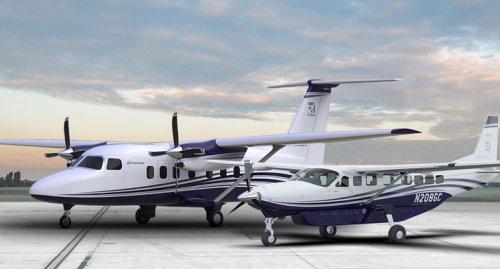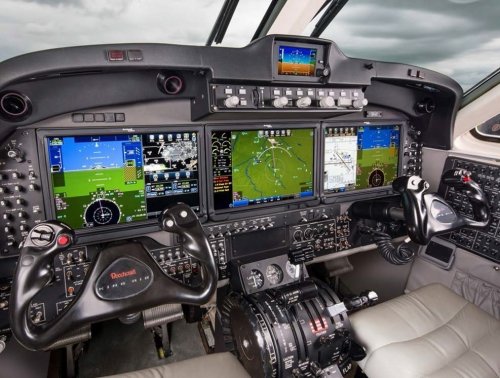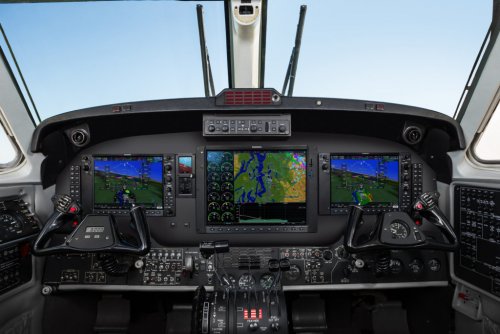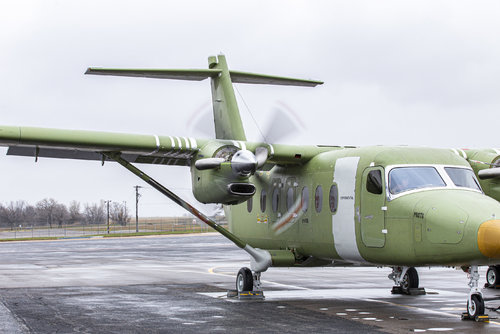- Joined
- 16 April 2008
- Messages
- 9,611
- Reaction score
- 14,517
Dynoman said:The Cessna 408 has an 87 inch x 69 inch cargo door. The cargo container is 79 inches x 60.4 inches. In the configuration shown the the container has to be rotated along its normal axis into the hold and then slid forward. A curved track system is a likely means of moving them in and out of the aircraft and onto a mobile lift.
Since the container is shorter in length than the width of the door (by 8 inches), there seems to be no reason it could not simply slide in sideways, then forward. No need to rotate it to get it through the door.




